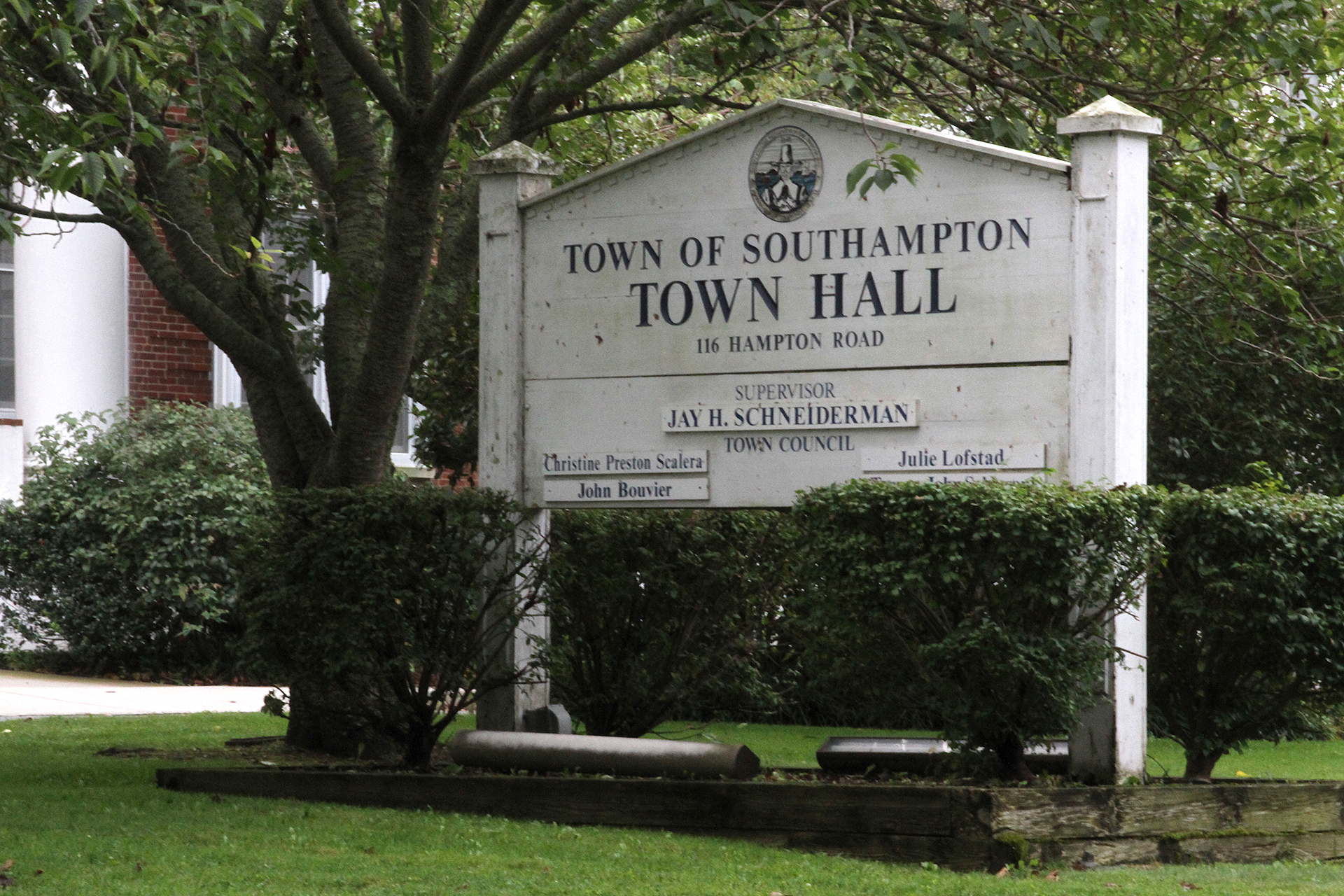Southampton Turns Affordable Corner

Southampton Town is one step closer to proposing legislation to create more affordable apartments.
Revisions to a potential law, including reducing the needed lot size for accessory apartments from three-quarters of an acre to a half acre, and setting the one-bedroom rent cap to $1518 a month, were made at a town board meeting Thursday, October 18. Once the amendments are drafted, the board will set a public hearing date.
“We want to give young people, but not just young people, an opportunity to stay in our community, to work and be able to save some money or be able to have a decent life without their rent gobbling up everything they make,” said Supervisor Jay Schneiderman, who has been back and forth with the town Housing Department and attorney’s office on ideas to provide more affordable apartments in town for the last three years. “I like this approach. We’ve made a lot of revisions and simplified things at the end of the day.”
Reducing the lot size is being done to incentivize more homeowners to expand the town’s inventory of apartments, and the price cap is being based on the United States Department of Housing and Urban Development’s rent formula, according to Assistant Town Attorney Kara Bak. Director of Housing & Community Development Diana Weir said that if homeowners want relief from those rental restrictions, they could apply to the town Zoning Board of Appeals.
With wealth disparities across hamlets and a need for seasonal workers on the east side of town, the board has grappled with the problem of being able to set limits so a given hamlet does not get overcrowded. For instance, Hampton Bays currently has just fewer than 900 homes that fit the criteria to have an accessory apartment. Under the potential new legislation, that number could double.
Weir said that despite there being9000 more parcels townwide with the potential to add accessory apartments at the new, smaller lot size, there are about 12,000 parcels that already meet the three-quarters of an acre standard. Still, only 521 apartments have been created under that code since the law was first passed in 2002. This means that over 15 years, only about four percent of the potential inventory has been converted.
“It allows flexibility, but still creates the rental possibilities we want,” Weir said of the amendments. “This is probably the least complicated and fairest method for fair housing.”
Councilwoman Christine Scalera proposed that each accessory apartment be assigned one of hundreds of town-banked transfer development right credits, which board members agreed to add to the draft.
“The issue is the impact on the school districts,” Scalera said. “We tie in development rights so we’re not increasing density.”
Councilman John Bouvier still took issue with a requirement in the legislation that homeowners live on the property year-round, but Weir explained that is an important piece of the puzzle, citing lack of oversight as the reason code violations, noise levels or high-volume parties, continue to occur.
“Homeowners have also been hard to get a hold of when they’re not living there,” she said.
Other amendments included requiring homeowners to apply for rental permits, and removing a renter’s professional qualifications. Renters used to only qualify if he or she was a firefighter, volunteer ambulance or hospital worker, town employee, or relative of the homeowner.
“We’re removing all of those criteria and then just putting in a provision of the rent limit,” Bak said. “Now, when homeowners apply for a three-year accessory apartment permit, we will also require them to obtain a rental permit just like any other rental property under chapter 270 of the town code. As part of the rental permit application, a copy of the lease agreement would be required, which would show the rent the homeowner would be charging the tenant. That’s how we would enforce that rent portion.”
The town needs more than 6000 more affordable housing units, according to a Suffolk County work force study.
“It’s not cheap. It’s not a low-income apartment, but it’s attainable,” Schneiderman said. “We can also set up a yearly cap across the town if we felt like the program was being oversubscribed, but if this led to 200 additional accessory apartments, I think that would be a positive thing. That would be 200 more workers or families that could live in our community.”
desiree@indyeastend.com



